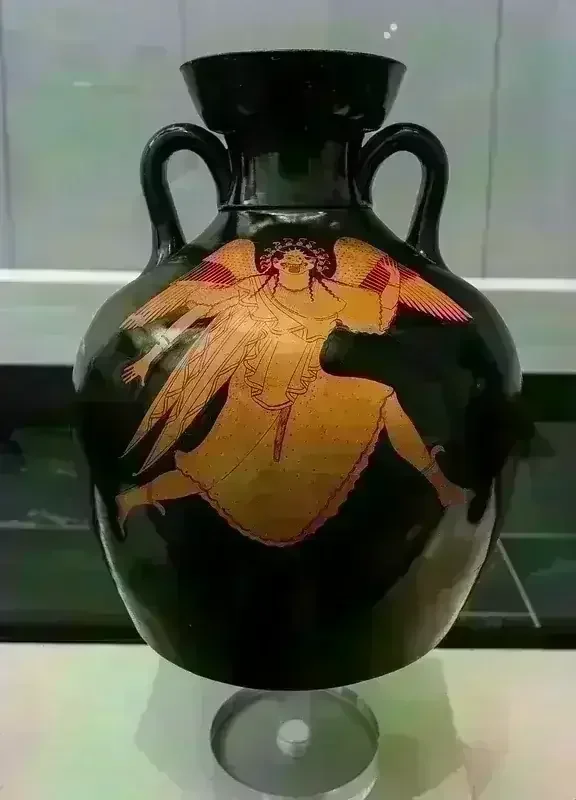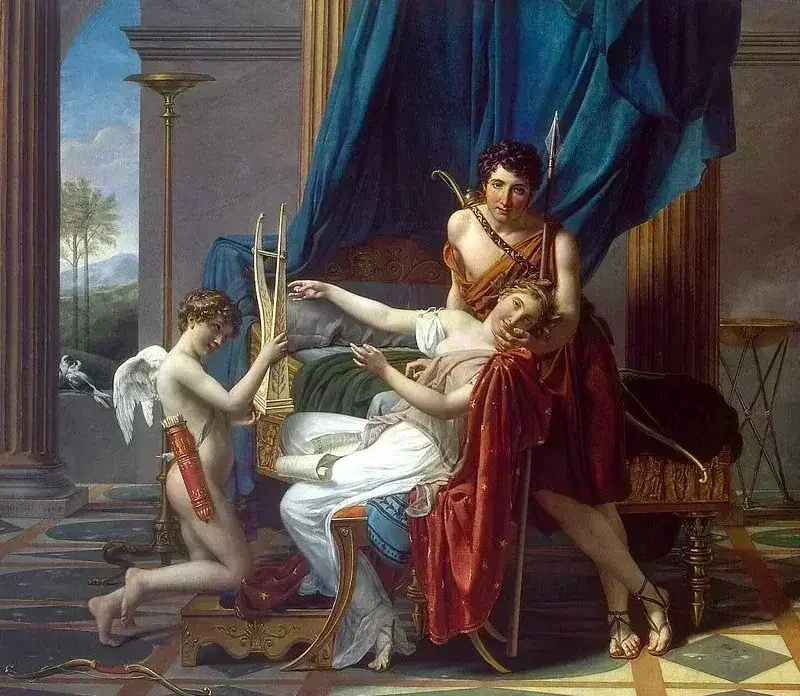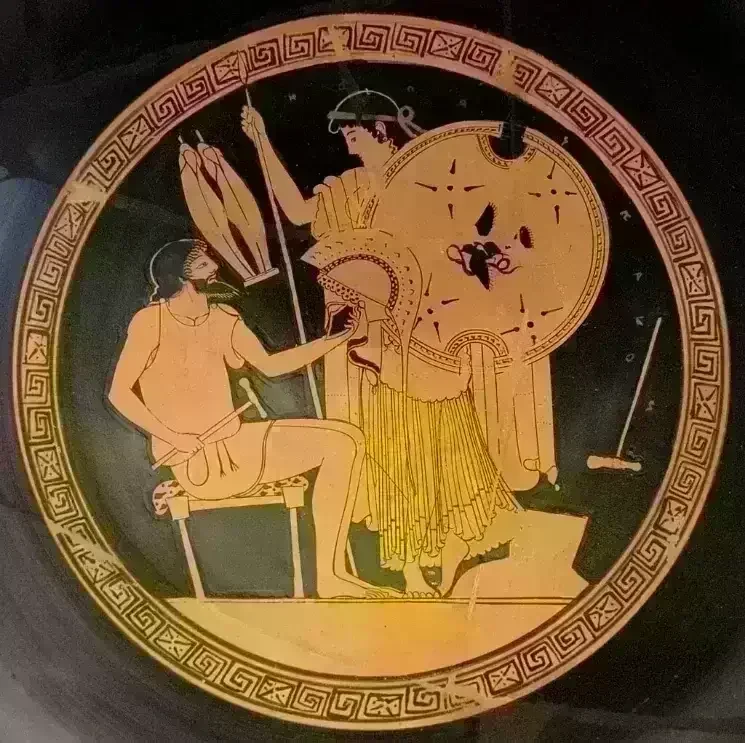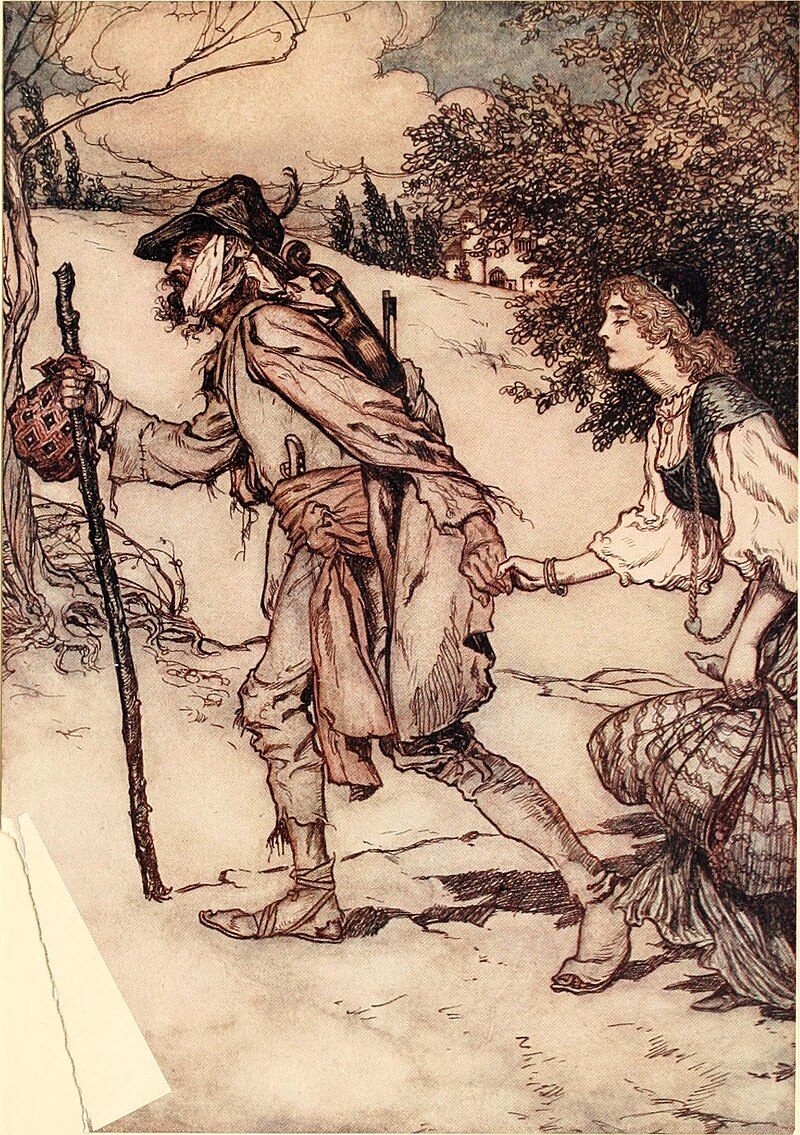Gorgons

The Gorgons (/ˈɡɔːrɡənz/ GOR-gənz; Ancient Greek: Γοργώνες), in Greek mythology, are three monstrous sisters named Stheno, Euryale, and Medusa, believed to be the daughters of Phorcys and Ceto. They resided near their sisters, the Graeae, and possessed the terrifying ability to transform anyone who gazed upon them into stone. While Euryale and Stheno were immortal beings, Medusa was mortal and eventually met her death at the hands of the hero Perseus.
These dreaded creatures were characterized by their frightening eyes. Athena displayed a Gorgon head on her aegis, which granted it dual powers: protecting her from any weapon and instilling tremendous fear in her enemies. Gorgon blood was renowned for its paradoxical properties, possessing both healing and harmful capabilities.
Artistic depictions of complete Gorgon figures and the Gorgon face, known as a gorgoneion (pl. gorgoneia), were common subjects in Ancient Greek, Etruscan, and Roman visual arts. Interestingly, while Archaic period Gorgons and gorgoneia were consistently portrayed as horrifically ugly, their representation evolved over time, and later artistic traditions depicted them as beautiful young women.


